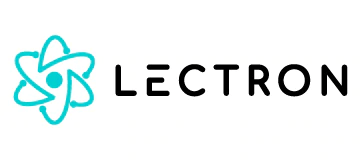Getting A Home Charger Ends The EV Ownership Nightmare
Original Post Date: March 23, 2024
Source: CarBuzz
Read the full article here
Owning an electric car is an absolute nightmare that involves range anxiety, long charging times, and sky-high utility bills. Or at least, that's what we keep hearing from a particular sect of gasoline-loving Americans. We know there is some truth to the EV doom and gloom; we've even experienced it while living in an apartment, a situation that one in eight Americans find themselves in. Public charging infrastructure will continue to be a significant issue for several years, but how different is the EV ownership experience when you no longer have to rely on public networks?
Since we last wrote about our charging experience, we have become homeowners. That means we can finally find out what it's like for most EV owners who do approximately 80% of charging at home, according to the Department of Energy. CarBuzz was sent a charger from a company called Lectron so we could live the EV lifestyle properly. We only needed an EV to test it out… or so we thought. As it turns out, even charging at home isn't 100% trouble-free, depending on where you live and how your house is built.
Installing The Charger
It's possible to purchase what is called a Level 1 charger and simply plug it into a household wall outlet, but this setup is incredibly slow. That's why Lectron sent us a more powerful Level 2 charger, which requires what’s called a NEMA 14-50 outlet. It's the same kind your washer and dryer use.
"Our Level 1 and Level 2 portable chargers serve distinct purposes. The Level 1 charger, which uses a standard NEMA 5-15 outlet, is ideal for daily urban commutes and provides up to 40 miles of overnight charge," Lectron explains. "In contrast, the Level 2 charger utilizes a NEMA 14-50 outlet and delivers up to 250 miles of overnight charge, making it suitable for longer road trips or drivers with frequent daily journeys."
Best Lectron Products for Multi-Network Charging
Trusted by 1M+ drivers; featured in







